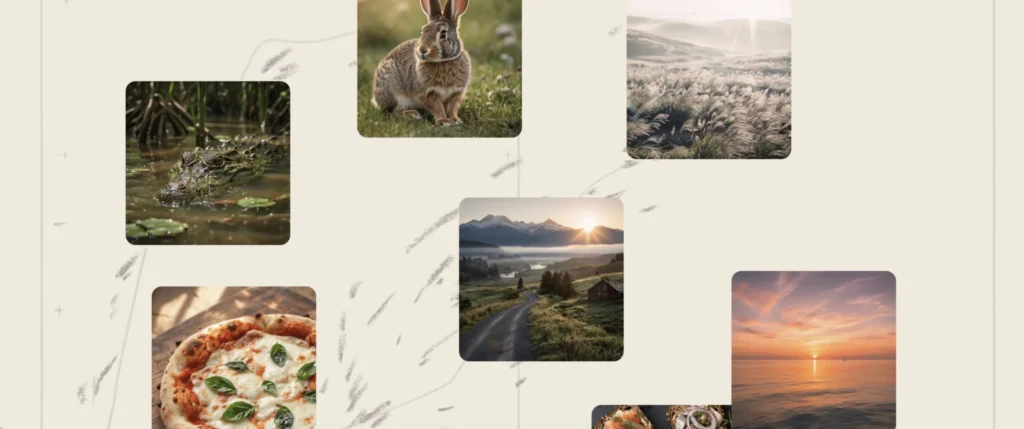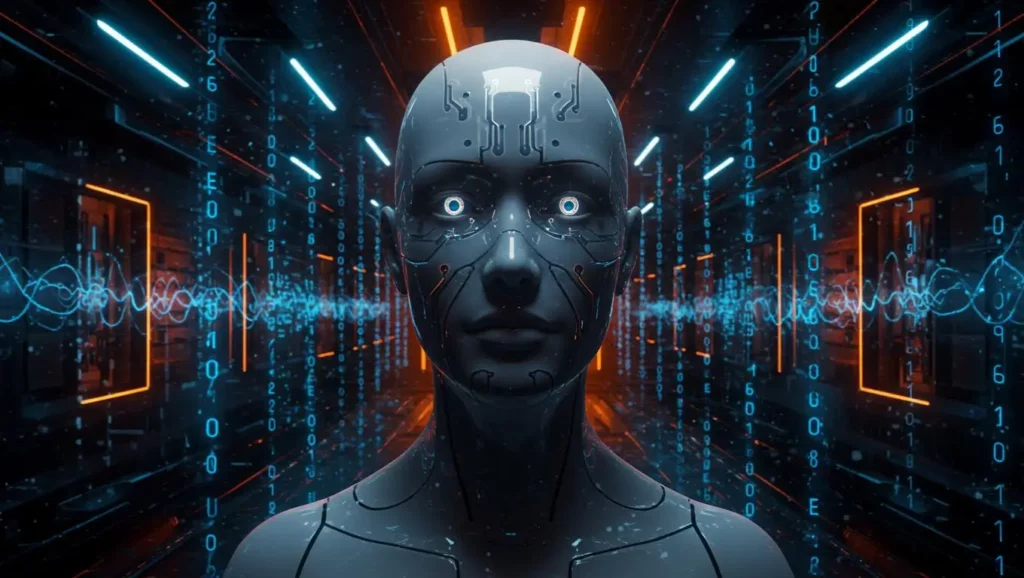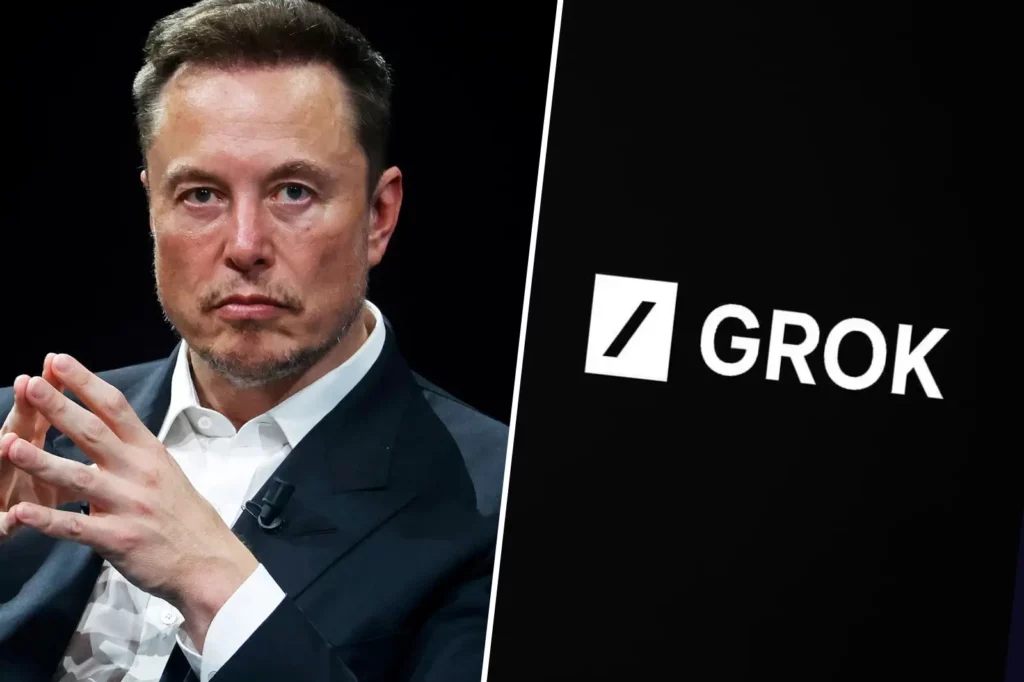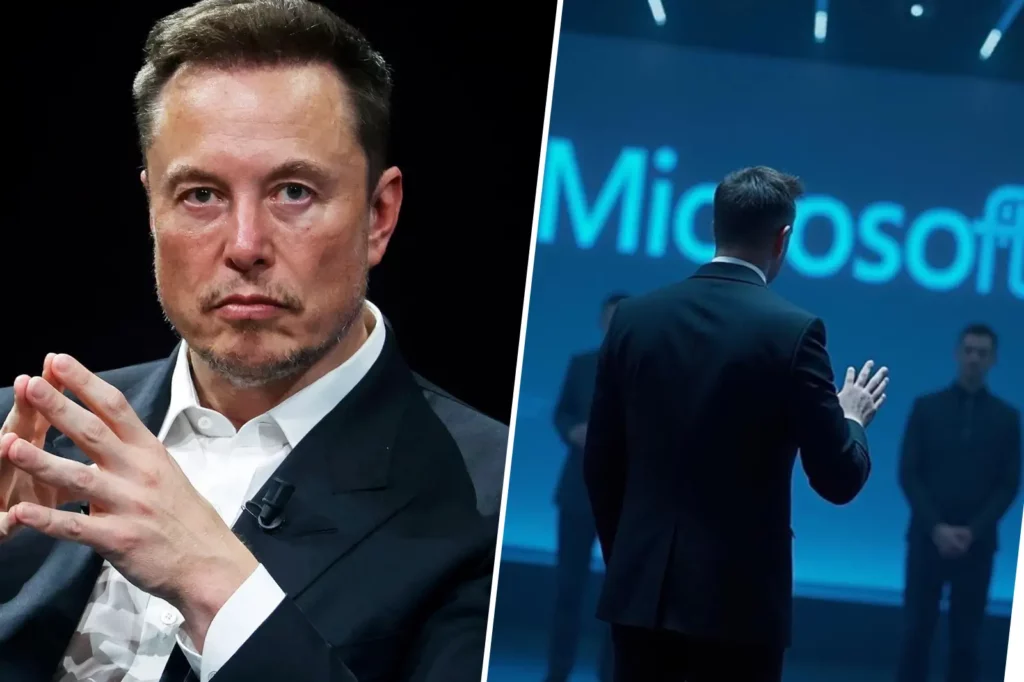Microsoft launches MAI-Image-1: its first internally developed AI image generator
Microsoft takes a significant step towards autonomy in artificial intelligence. The Redmond giant has unveiled MAI-Image-1, its first text-to-image generation model developed entirely in-house by the Microsoft AI team.
This launch follows just months after the announcement of in-house models such as MAI-Voice-1 (voice synthesis) and MAI-1-preview (conversational assistant), reaffirming Microsoft’s intent to reduce its reliance on external partners, particularly OpenAI.
MAI-Image-1: A model designed for creativity, not repetition
Microsoft states that it developed MAI-Image-1 in close collaboration with creative professionals to avoid producing images that are “too generic or over-stylized,” a common criticism directed at other generators.
The model is said to excel in mastering textures and light, capable of producing realistic photographic renderings—such as flashes, landscapes, and portraits—while responding faster than more massive models.
“MAI-Image-1 excels in the realism and consistency of images while maintaining unmatched execution speed,” asserts Microsoft AI in a statement.
The model has already made it into the Top 10 of LMArena, a platform where users compare and rate the outputs of generative AI.
Speed and optimization: a compact but powerful model
Unlike some large models like Gemini 1.5 Pro or DALL·E 3, MAI-Image-1 is designed for efficiency rather than size. Microsoft claims this approach not only reduces processing time but also minimizes energy consumption—an appealing factor in the quest for responsible AI.
Microsoft AI engineers describe it as a “balanced model” that can be integrated into Microsoft 365 products, Copilot, and Designer, while still being adaptable for lighter server environments.

Between OpenAI, Anthropic, and strategic independence
This launch highlights an increasing tension in the relationship between Microsoft and OpenAI, its historical partner and main provider of GPT models.
Although Microsoft remains a major shareholder of OpenAI, the company is actively diversifying its alliances: some recent features of Microsoft 365 are already based on Anthropic’s models (Claude).
Internally, management describes this new generation of MAI models as “a key building block for the future of Microsoft AI, where hardware, software, and models converge towards complete autonomy”.
A promise of security and ethics
Microsoft indicates that MAI-Image-1 has been trained with particular attention to ethical safeguards and safety filters. The company aims to ensure results that are safe, traceable, and compliant with its standards for responsible AI.
No complete public demonstration has yet been offered, but the firm promises open testing soon for users of Copilot Pro and Designer (formerly Microsoft’s Canva).
A step further into the MAI ecosystem
With MAI-Image-1, MAI-Voice-1, and MAI-1-preview, Microsoft is gradually building a comprehensive suite of proprietary models capable of competing with OpenAI, Google DeepMind, and Anthropic.
The goal is clear: to create a unified technological foundation, optimized for in-house products and consumer applications.




